To come across something unusual and new – it’s exciting! Food, art, fashion, it’s increasingly hard to find anything with a fresh perspective. Every so often though, you turn a corner, bored by uninspired gimmicks and plays on the latest trend, only to be surprised by something that grabs your attention and manipulates it in ways that are thought provoking long after. The work of Jacobo Alonzo, presented by Building Bridges Art Exchange, is weirdly engaging, unlike anything I’d seen before, and brought up a lot of questions.

Jacobo Alonso at the LA ArtShow {photo: Kerry Welton}
Is HOW we experience art integral to how much we like it, and do we have to know what inspired the work? Do the surroundings make the piece more or less impactful? Alonzo’s work at the LA Art Show was arresting for the lack of surface gloss, polish and color. One long swath of paper, imperfect, curling at the edges, swaying slightly as people passed, and seeming to be in the midst of active disintegration, stood out for a degree of quiet broodiness that was the antithesis of most offerings at this show (which trended toward heavy applications of glitter and splashes of pink). The pigment used is sooty and dark, it’s not obvious WHAT it is, so you draw closer, curious. The perforations and shapes created by the play of positive and negative space are organic and reminiscent of – movement, growth, decay, a figure? Yes, something about the shape of the dark mass is sensual, figurative, but how this color was applied, through what process, was still unknown. It got me thinking of Dante’s Inferno, of fire and swirling smoke, when I realize that within the dark are impression of a body – kneeling? Whoa. Time to step back and find out more about this one.
Jacobo Alonso created this piece during a residency at Building Bridges Art Exchange (BBAX) in Santa Monica in 2017. The BBAX mission is “dedicated to cultivating cultural understanding through the arts” with an emphasis on “encouraging performances that engage with the local communities to create a dialogue, understanding and exploration between cultures”. As a Mexican artist who has exhibited worldwide, Alonso would seem to be a perfect ambassador for this mission, especially when you add in “performance art” as part of his process. What was unknown to me was that at an earlier performance art session, after applying smoke to tint the paper, Alonso pressed his naked body onto the surface, leaving his imprints, light in the midst of darkness. Probably not something you invite your aging grandmother to before heading out to dinner…? You can watch videos of the process on his website: www.jacoboalonso.mx Fascinating and oddly mesmerizing, it highlights the impressions an artist makes on the world, both metaphorical and the real. And when you know that the black of that paper is the result of fire and smoke, that he literally lifted the darkness when his physical body rose from the paper, does it make that work more meaningful for you, or did you intuit that, or something completely different on your own?

Viewing a finished piece of art, we’re not privy to the secrets of what went into making it, and unless accompanied by an artist manifesto and bio, we’re often in the dark about what inspired the work. Is it essential to know any of that, to appreciate the final product? Do I really need to witness the art being made to engage more deeply in the work? Surely it would have made for an interesting story, how I spent the evening with grandma watching a naked male artist roll around on the floor, but I think that may have diminished my response to the final piece, lessened it somehow. I appreciate when something is left to MY imagination. I like that I was intrigued enough viewing this artist’s work to research more, to still wonder weeks later what made him tick, and to be inspired by his peculiar breed of body confidence, exposing himself for his art, to make his art.
There is satisfaction in deciding how a piece of art makes you feel (and what it makes you think about), before being schooled on what to think and why. And art from other cultures… I’m not sure that I require a translation, when there is a beauty and poetry to simply being present, being with the art, using my imagination to fill in the parts that are indecipherable. Engage me enough so I hunt out more details on my own after, but that first impression, the revelation of EXPERIENCING the art, is how the artist connects us to something that transcends the limits of language, words and location.
Originally published in TAP, a Pasadena based online magazine

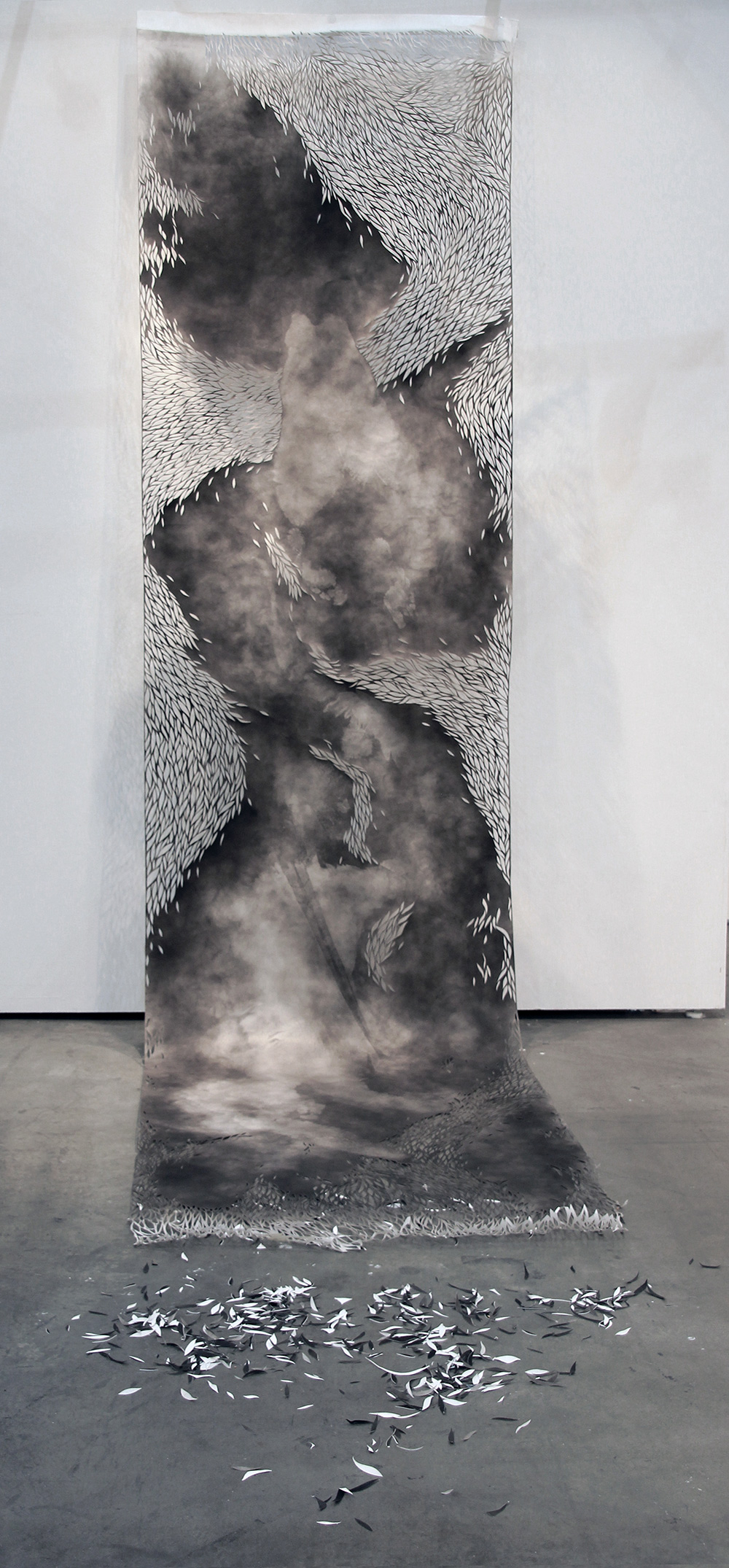
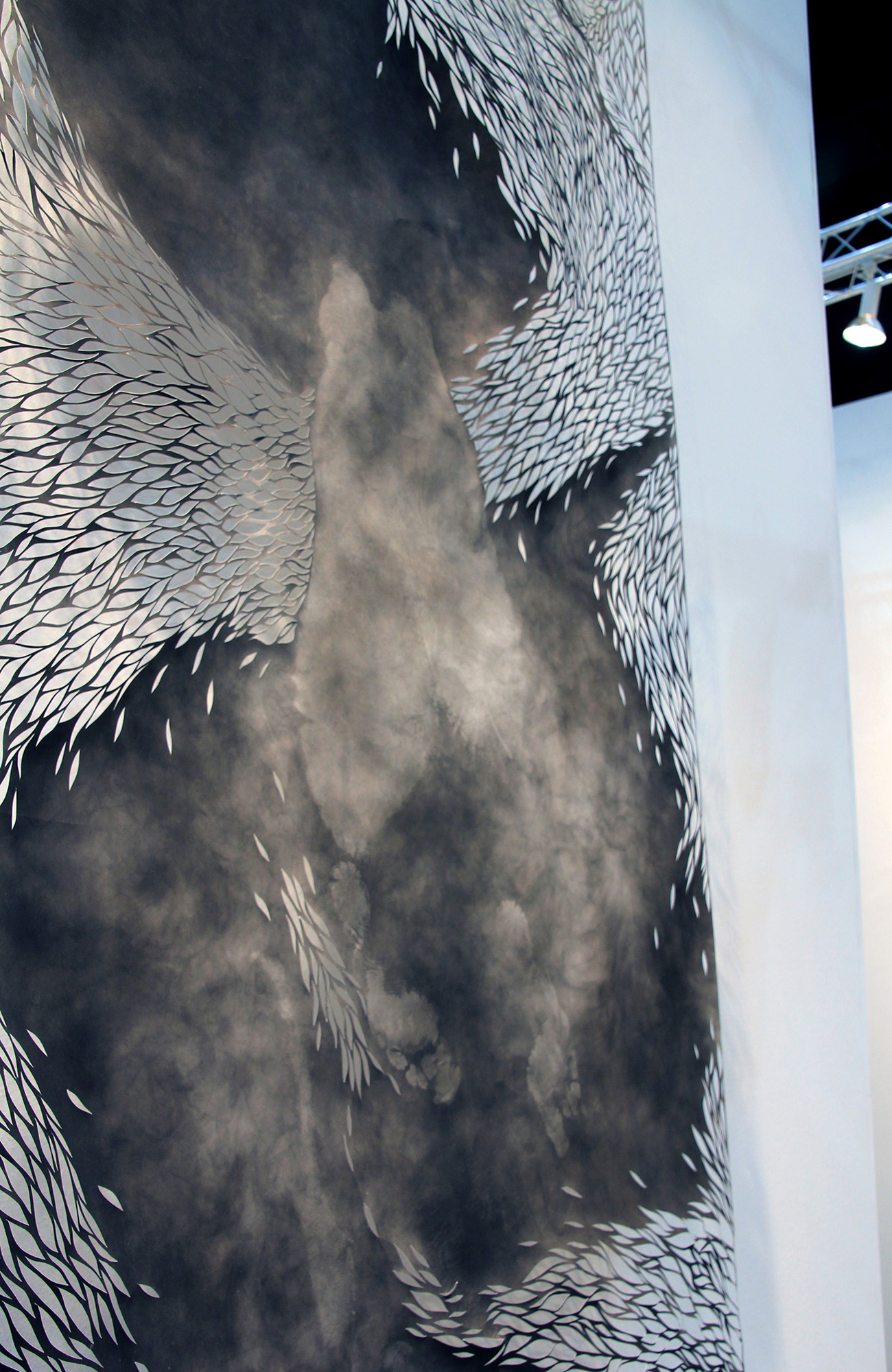
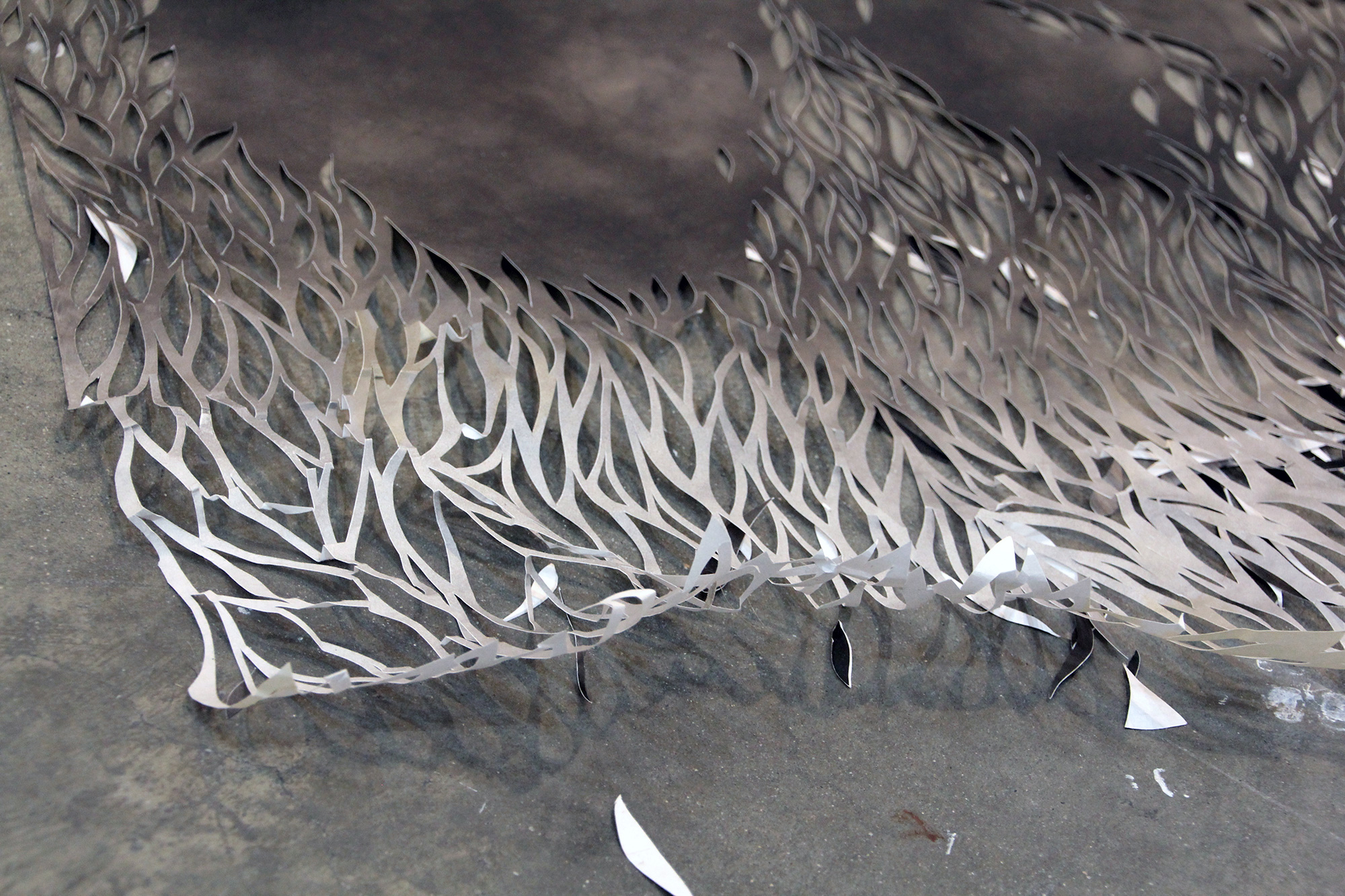

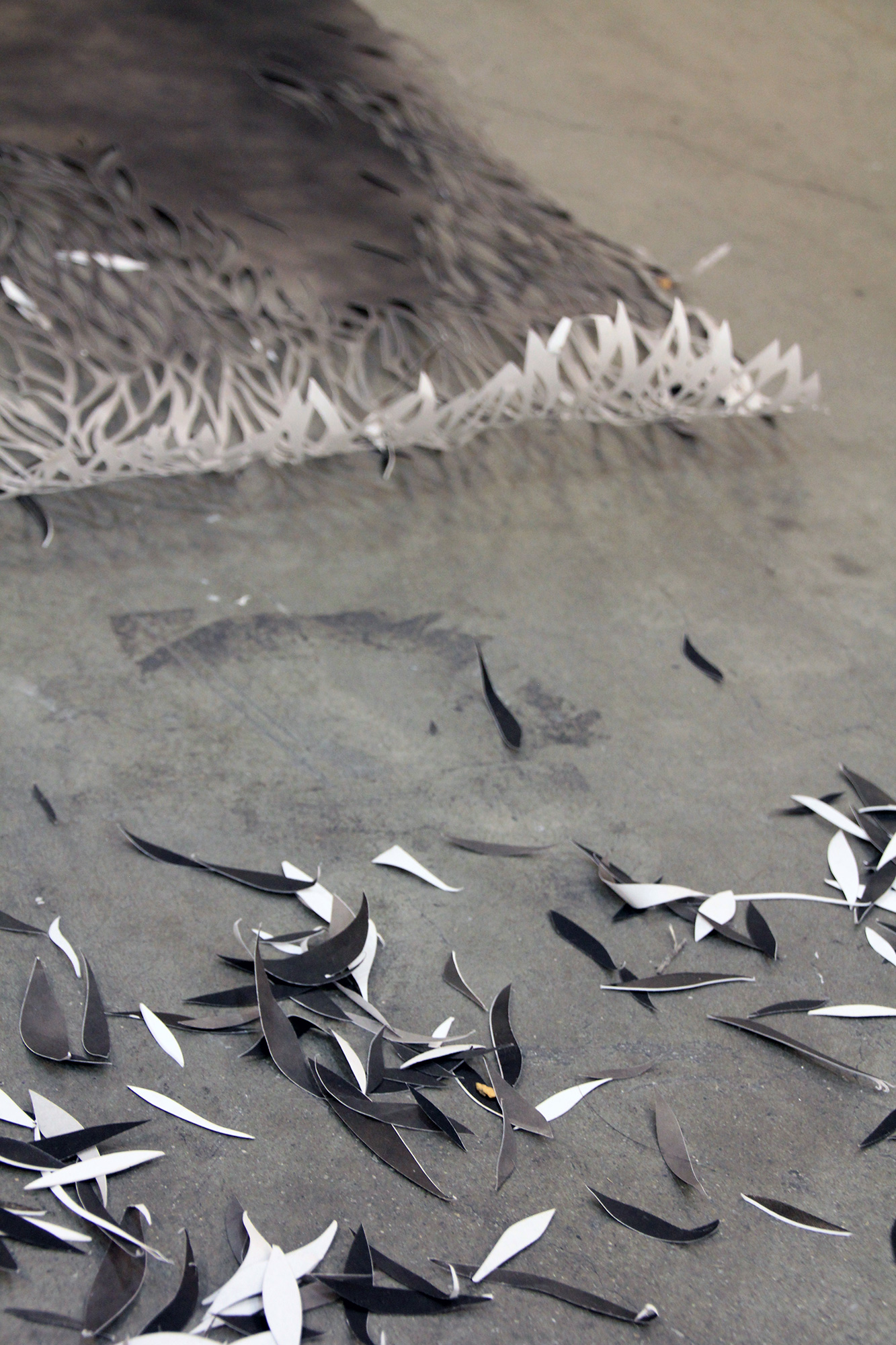

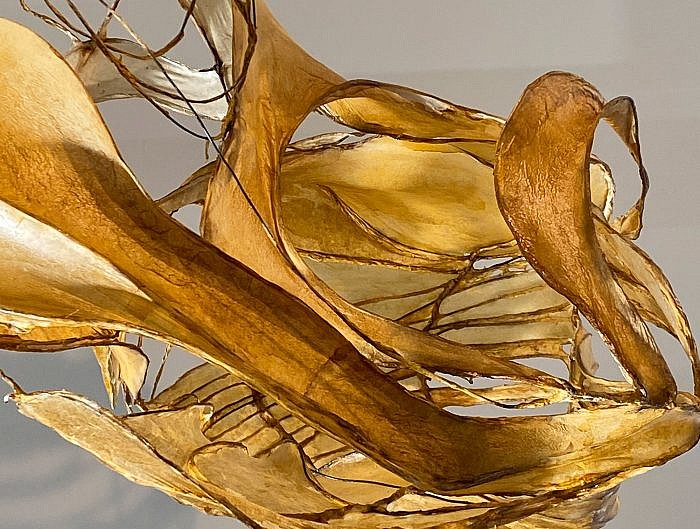


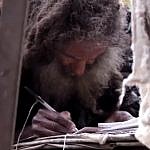


Leave A Reply